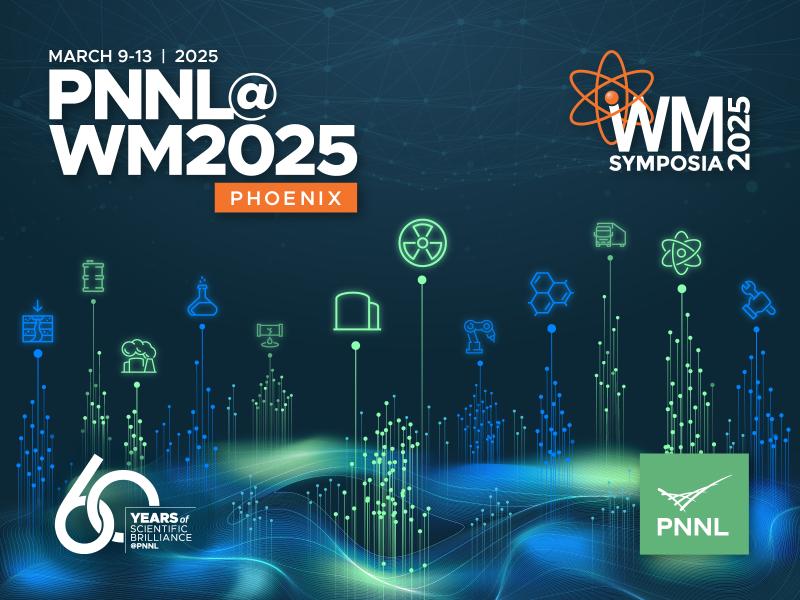Waste Processing
Waste Processing
Providing scientific
solutions to safely
manage and process waste
Providing scientific
solutions to safely
manage and process waste
Approximately three gallons of low-activity Hanford tank waste were vitrified at PNNL's Radiochemical Processing Laboratory in April 2018. The laboratory-scale demonstration was an important step toward the eventual treatment of millions of gallons of hazardous waste generated during past plutonium production at the Hanford site.
PNNL researchers are providing science and engineering expertise to understand the chemical and physical properties of tank waste. The laboratory partners with the Department of Energy's Office of Environmental Management (DOE-EM) and site contractors to support the demonstration, maturation, and optimization of technologies to safely retrieve and process it.
The work is part of PNNL’s mission to help solve critical issues that challenge DOE-EM in the management, processing, and long-term disposal of nuclear waste, not only at the Hanford site but throughout the DOE complex.
Operations underpinned by fundamental science
PNNL science improves safety, lowers cost, and reduces the risk of the nation’s nuclear waste challenges. Our technological capabilities span a foundation of fundamental science through operational support, as the research informs work at multiple sites around the nation.
Building on more than 50 years as part of the DOE-EM mission, PNNL’s support for waste treatment at Hanford continues today with the development and implementation of key capabilities such as the Radioactive Waste Test Platform. This technology helps to reduce the cost and schedule risks of cleanup by demonstrating baseline treatment and potential alternatives. This enables scientists, engineers, and officials to evaluate technology maturation and alternative strategies, and to optimize operations.
With internationally renowned nuclear scientists on our team, PNNL leads a DOE Energy Frontier Research Center (EFRC)—Interfacial Dynamics in Radioactive Environments and Materials (IDREAM)—and is a partner in other EFRCs that focus on waste form corrosion and novel waste forms. In addition, our Nuclear Process Science Initiative (NPSI) is developing the scientific foundation for predicting and controlling interfacial reactivity of relevant solids in chemically complex environments. The team seeks to understand, harness, and exploit the interfacial phenomena controlling the behavior of materials in nuclear processing. Molecular-scale research like this leads to larger-scale feasibility research and field deployment.
To do this work, PNNL draws upon nuclear science research facilities like the Radiochemical Processing Laboratory, the 318 Building, the Applied Process and Engineering Laboratory, and the Environmental Molecular Sciences Laboratory.


